Advanced Posture Exercises For Your Rounded Upper Back
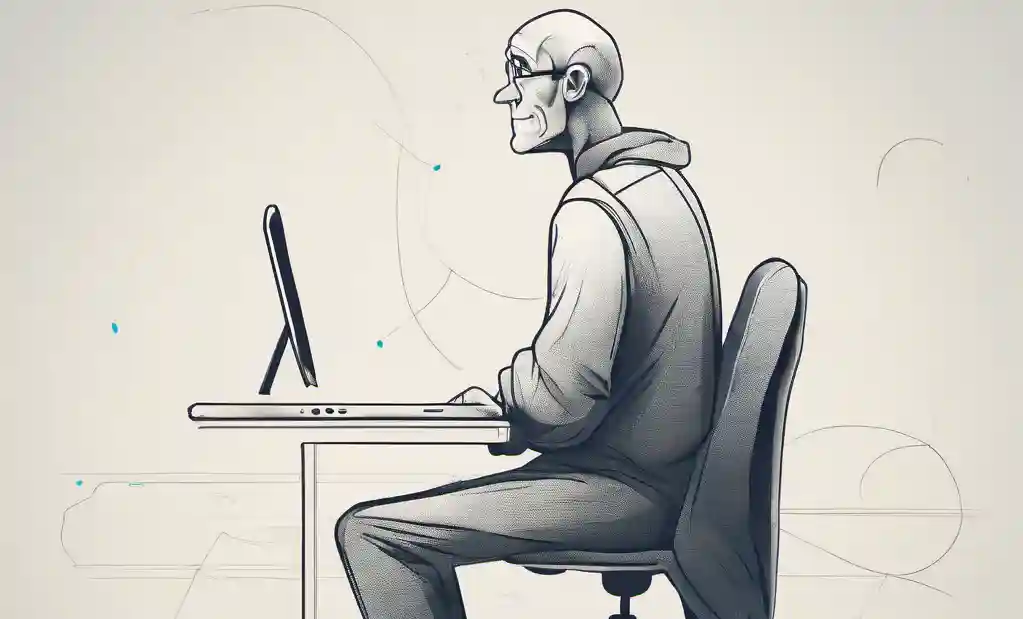
Have you already done the posture exercises in “How To Improve Your Posture: 4 Upper Back Exercises“?
If you’re still seeking assistance, this article introduces advanced posture exercises and other techniques to address hunchback posture effectively.
Identifying the Root Cause: Hyperkyphosis
Your rounded upper back, often termed upper crossed syndrome or kyphosis, stems from an imbalance in muscle strength.
The thoracic spine naturally curves, but when this curvature becomes exaggerated—known as hyperkyphosis or colloquially, a hunchback—it signifies muscular imbalance.
Balancing Muscular Strength
The imbalance manifests as tight chest muscles and weak back muscles. Last week, we focused on stretching chest muscles and strengthening the back. Now, we’ll expand with additional posture exercises.
For those seeing minimal improvement, consider increasing exercise frequency to twice daily, seven days a week.
Targeted Muscle Strengthening
To effectively address severe kyphosis, focus on strengthening:
- Middle trapezius and rhomboids
- Lower trapezius and multifidus
Strengthening these muscles is crucial for maintaining proper posture while standing and sitting.
Emphasizing Endurance Over Speed
Endurance, not brute strength, is key. These exercises require extended holds rather than quick repetitions.
Hold each exercise for at least 60 seconds before considering additional weight to intensify the workout.
By incorporating these exercises into your routine, you can make significant strides toward correcting severe kyphosis and improving your overall posture.
Intermediate Posture Exercises
#1 “Y” Exercise For Your Lower Trapezius and multifidus
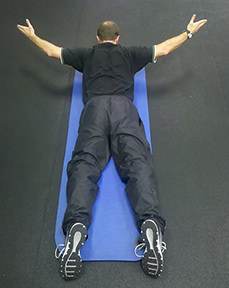
http://bit.ly/18g7W0L
- Lay facedown on the floor
- Bring your arms overhead in a “Y” shape
- Lift your arms as high as they will go while keeping your shoulder from going up.
Hold for 10 seconds eventually extending the time to 60 seconds. Make the exercise harder by doing this on a Swiss ball or weights.
#2 “T” Exercises To Strengthen Your Middle Trapezius and Rhomboids
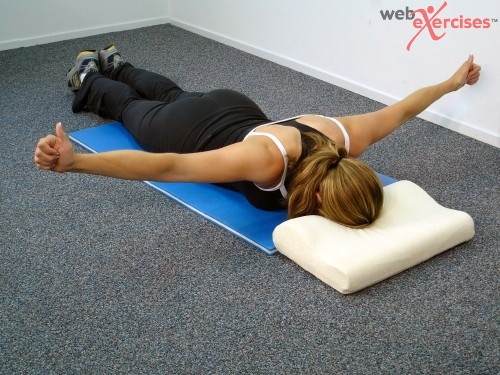
http://bit.ly/1hddu46
- Lay facedown on the floor
- Bring your arms to the side in a “T” shape
- Lift your arms as high as they will go while you stop your shoulder from going up toward your head.
- Hold for 10 seconds eventually extending the time to 60 seconds. Make the exercise harder by doing this on a Swiss ball or weights.
#3 Bruegger exercise
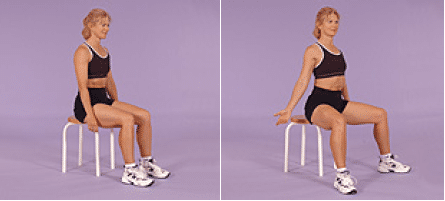
- Sit on the edge of a chair
- Tuck in your chin
- Turn your thumbs out and bring your arms behind you
- Squeeze the shoulder blades together and toward your tailbone.
Remember to keep the arch in your lower back. The form is important.
#4 Advanced Stretch Of The Upper Back Ligaments (thoracic vertebral ligaments)
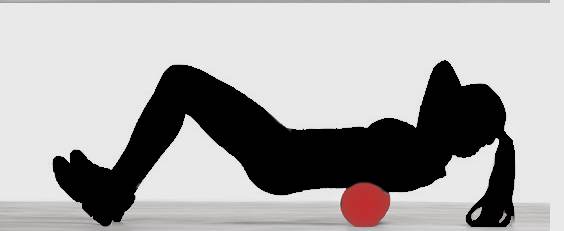
- Position the Foam Roller: Sit on the floor and place the foam roller behind you, aligned with your lower ribs.
- Lie Down: Gently lie back so the foam roller is under your thoracic spine. Support your head with your hands to avoid neck strain.
- Stabilize Your Lower Body: Keep your feet flat and knees bent to control pressure.
- Roll: Extend your midback over the foam roller, targeting the area between your shoulder blades to the top of your upper back.
- Pause and Extend: Pause and allow your back to gently extend over the roller for a deeper stretch. Breathe deeply.
- Control the Pressure: Use your legs to adjust your body’s pressure on the roller, focusing on areas of tension.
Duration: 1-2 minutes, adjusting as you become more comfortable with the exercise.
Warning About The Posture Exercises
For individuals with severe osteoporosis or Scheuermann’s disease (juvenile osteochondrosis) leading to a rounded back (hyperkyphosis), it’s important to note that posture exercises alone may not fully straighten the back. However, for those who experienced Scheuermann’s disease during childhood, engaging in these exercises could potentially offer pain relief. Additionally, if your child is currently dealing with Scheuermann’s disease, incorporating posture exercises might help in reducing the curvature of their back, although research has yet to conclusively prove this effect.
With mild to moderate osteoporosis you should be fine as there is no flexion involved with these posture exercises. Still, a bone density scan within the last two years to find out how strong your bones are is recommended.
Please tell us what you think in the comments below and like us on Facebook. This Toronto Downtown Chiropractor will answer all questions in the comments section.


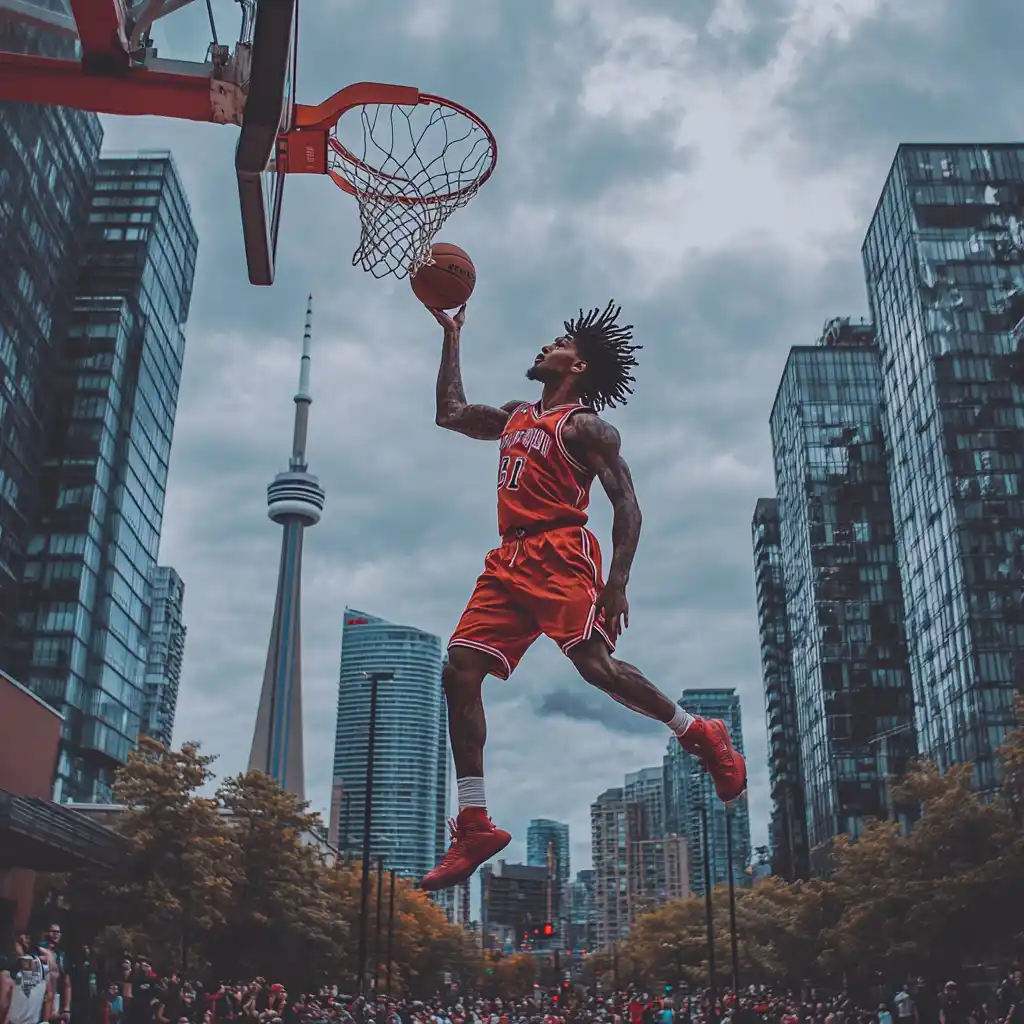
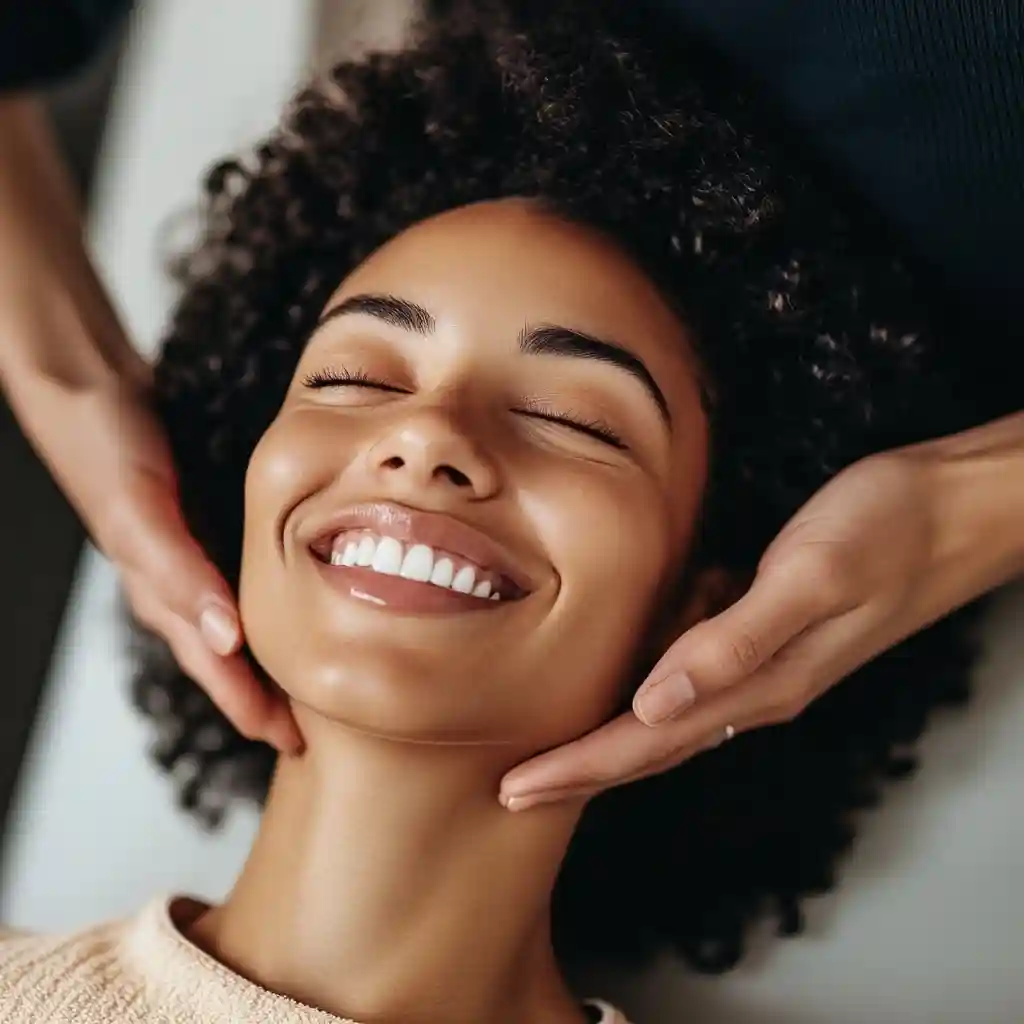
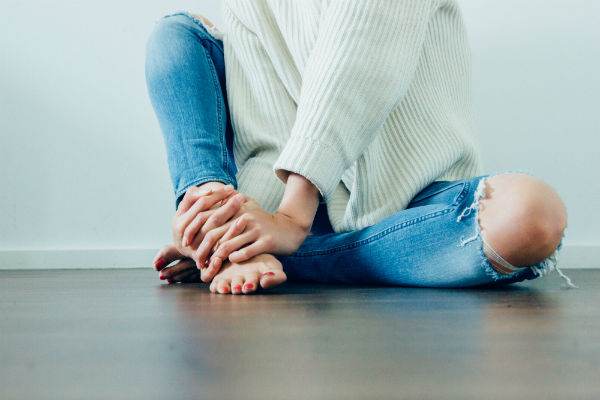

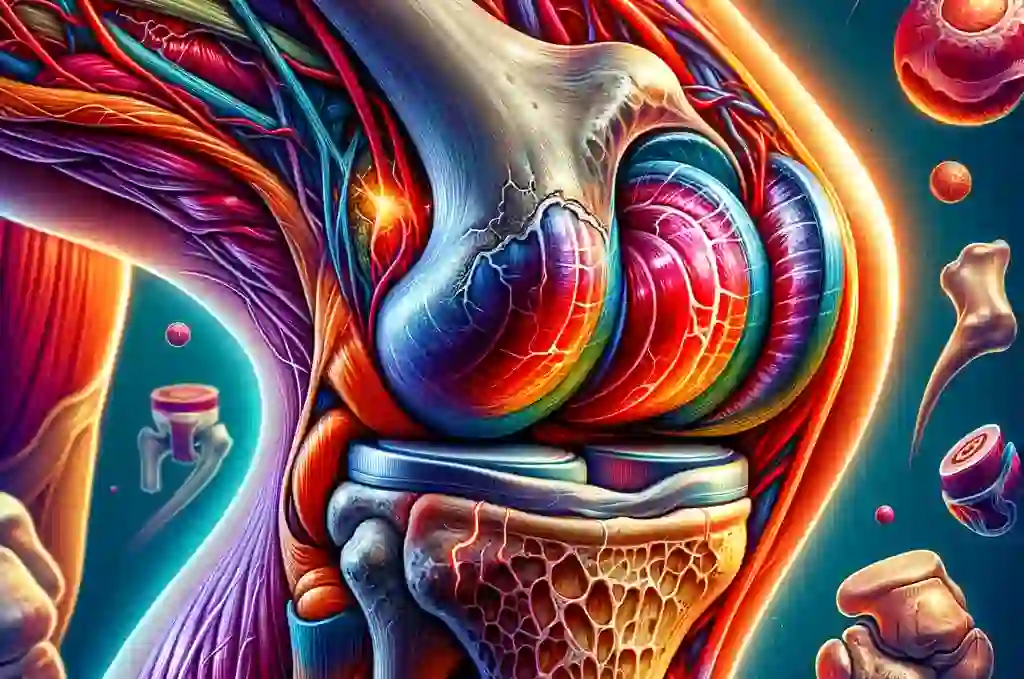
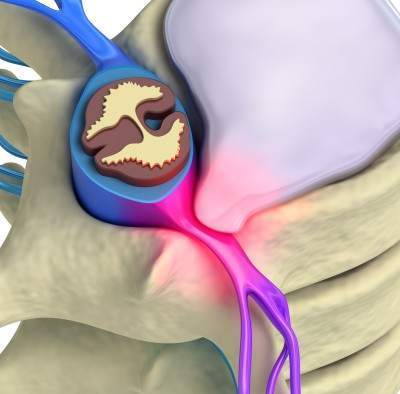
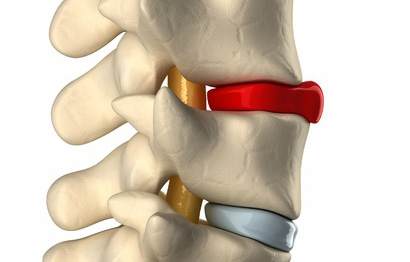
Hi Dr Ken,
Thank you for your articles! I don’t do the exercises religiously but I try at least a couple times a week as well as gentle cardio exercising (jogging or swimming). I have noticed a real difference in my posture in just 3 weeks and I have taken before/after photos which I will send you! A point to note though, is that one thing I found very effective, which I found on a different site was the “head nod” exercise which I do against a wall at least once a day (20 nods)- it’s stopped my head hanging forward so much which has helped against the slouch!
Author
Thanks for your comments R Kaur. I’m very happy that your posture has improved well. As for the head nods I do have them here https://www.bodiempowerment.com/cervical-disc-herniation-best-exercises-help-sore-neck/
They definitely do help with posture. Thanks for reminding me. They help with pain and posture.
Thanks for your comments and glad your posture is better.
Thanks for your advice Dr. Ken. I was wondering if you found that swimming helped or caused a rounded upper back. I primarily swim freestyle, 1/2 to 1 mile 3 to 4 times per week. Thank you.
Author
Thanks for your question Steve. Swimming doesn’t contribute to a rounded back. Swimming and iphone contribute to a rounded upper back.
Hope that helps your posture.
Sir, I think I have khyposis at my upper back and lordosis in lower back ??? Is it possible ? If yes, should I do exersices for both ?
Author
Thanks for your question Robin. Everybody has kyphosis and lordosis, in their back. At least most people. I think you mean you have too much of each in which case you need to put a “hyper” in front of each word to make it hyperkyphosis and hyperlordosis. If you do the exercises may help. Unless I check you I can’t tell you if you do or don’t.
Try standing up against the wall. If you can slip your head easily behind your back without touching your back and you have to tilt your head backwards in order to touch the wall you likely have the above but only a real exam will tell for sure.
Hope that helps your possible hyperkyphosis and hyperlordosis.
Hi Dr Ken, I have postural kyphosis of the thoracic region after developing poor posture after my open heart surgery at age 15. Now I’m age 19, and I suffer from social anxiety due to my hunch-back. I went to an orthopedic doctor and he said that it wasn’t severe enough to warrant surgery, and that it was too late for braces. With proper exercise and physical therapy could my back become normal again? I don’t think I could live with this, honestly.
Author
Thanks for your question Robert. Many people get Scheuermann disease or scoliosis that also causes hyperkyphosis. The pressure with hyperkyphosis can be relieved but I think you need counselling more than the exercises.
Try doing the exercsies and also going to counselling about your body image as I know many people with this condition and they are productive members of society that are often involved in sports.
Hope that helps your understanding of your posture.
i have been having the hunch back problem lately and have tried doing the exercise for last 10 days..but instead of getting better my posture is getting worst. i am 22 yr old and i can’t believe i have this very problem in my spine its like i cannot move the flexibility in my upper back is gone i can’t even feel my upper back to be precise. i need help i am low on confidence i need a solution please assist me .is these a point from where u cannot treat this problem if there is..i think i have reached that point. also i am doing weight training from last 4 month since i read somewhere it better the posture but nothing is helping me. please suggest something i need a word of expert. thank you !!!
Author
Thanks for your question Mr2face. If they are hurting more the exercises are not for you or you are doing them too hard or too often. Try staying away from the foam roll exercise.
Hope that helps your posture.
I have ankylosing spondylitis and I have scoliosis and kyphosis. I have had this disease for many years but it wasn’t diagnosed until 3 years ago. I have tried everything from braces to chiropractic care to heel lifts and even external heel devices. I actually seen a neurosurgeon this past week and felt crushed because not even the top neurosurgeon in my geographic location could help me one because of my current status with ankylosing spondylitis and because of my age and fearing what may happen. I’m getting married next year and graduating from college I’d LOVE to be able to stand up tall and hold my head up. Can you help?
Author
Thanks for your question Jenna. You need a Rheumatologist. I cannot help Jenna.
Hope that helps. They will likely give anti-inflammatory medication.
Am been suffering Rheumatoid Arthritis since I was 13. Currently my age is 38 and I have round shoulder with hunched back (c shape). are exercises helps me, if yes please recommend me exercises suit to my condition. Thanks in advance
You are a very, very kind hearted person Dr. Ken to share your website with the world. May you and your family always be blessed with good health.
Author
Thanks for your kind comments.
A question on the final stretch, using the bolster. How thick should the bolster be, and is this an ab exercise? Should I have my butt and head off the floor, as the picture suggests, or is this just a way of arching our back in the opposite direction?
Author
Thanks for your question Kate. Good question. You should extend your head back and keep your butt on the floor.
Hope that helps your posture exercises.
Thank you for your WISDOM!
Author
You are welcome!!
Hello Dr. Ken,
I am 17 years old and have a curved upper back with a little hump that I can feel if I put pressure between my neck and upper back area. Would this be kyphosis? Recently, I have started to sit up straight and it hurts when I do. Should I continue to do these exercises or go see a doctor? If I continue the exercises, which ones do I emphasize?
Thanks for your expertise!
Author
Thanks for your question Kevin. It is normal to have a curve in the upper back, yours may be too much but I can’t tell as I haven’t seen you. The hump is often just below the base of the neck. This partially fat and partially posture.
Technically I am supposed to say you should see your doctor so I will say it. Please see your doctor.
For most people though doing the exercises I have laid out often helps with the posture so you can sit up straight.
Hope that helps your hump and your posture.
Hi Dr. Ken
I have a curved upper back which I think you would call hyperkyphosis.
I’ve had it my whole life but never really noticed it until I was in my teens. I am now 55.
I think it must be genetic since my sister has it also.
It has never caused me any pain or discomfort but I have always hated it and have been
very self-conscious.
I have been doing your recommended exercises for about the last month although I’m not yet
up to the duration you suggest.
I’m not sure if it’s making a difference.
My question is; do you think these exercises will make a difference in my case or is there
some other course of action.
Thanks for sharing your expertise.
Author
Thanks for your question Otherwise Healthy Guy. I like your comment name. It is more difficult the older the spine is due to the effects of osteoarthritis or wear and tear. Still you can make a difference. I don’t think you are going to get perfect with these exercises but they can make a difference. Be patient and try to get to 5 minutes.
You may see a difference in a couple of months with these exercises.
Hope that helps your posture.
Hi Dr Ken,
Could you please assist me? I have to design a 6 week gym programme for a client with Kyphosis for my Personal Training qualification. Really not sure where to begin as they want us to focus mainly on resistance training. We have to explain the progression of the programme too.
Regards,
Megan
Author
Thanks for your question Megan. You have to think about why there is kyphosis. There are the muscles and ligaments that contribute. There is a difference between the front of the body and the back of the body.
Hope that helps you start thinking about a program for kyphosis.
Thanks you very much Dr Nakamura for your detailed reply. I will add the extension exercises today. Much appreciated.
Author
You are welcome Daniel.
Hi Dr Nakamura, I am 43, have hyperkyphosis (signs of Scheurmanns) and some lower disc degeneration. I have been very active (personal trainer for a decade) and dilegent to exercise programs. I have been doing Egoscue exercises every day for 3 months and have found some good improvement. I have just added the above exercises to my program as well. Although I have had some good results I feel like no matter what I do I can’t seem to shake the pain. I do not tolerate anti- inflammatories well and I do not want to live on pain killers. The pain although mild is constant and it is affecting my life, my work, my personality and giving me anxiety. It has become hard for me to do every day activities without paying for it later. Do you have any suggestions on things I can work on besides the above exercises? Am I wasting my time? Thanks for posting great information for those with Thoracic problems. Jason Melbourne Australia.
Author
Thanks for your question Jason. Sounds like you have gotten to the point where you it’s starting to affect you other than pain. I’ve looked at the Egoscue method exercises and don’t understand the logic behind it. I may be missing the point.
You likely have many medium to large disc bulges in your thoracic spine from the hyperkyphosis.
In addition to the exercises here when you have hyperkyphosis you can add thoracic extension mobilisation with a foam roll. What you can do is get in the exact same position as exercise # 4 with roll under your mid thoracic with your hands behind your neck to support it. Then you bend backwards as far as it will go. Do this ten times going as far as you can each time. (Ideally you this on a bench- which I’m sure you have easy access to)
Then move the roll up two more times till you get to the top of the upper back.(T34 should be the top most position). You can also do this in a chair that doesn’t have such a high back.
So you should do the exercise at each point 10x in three places in your upper thoracic spine. Then later on expand to 20X and you should do this every 2-3 hours.
Hope that helps your hyperkyphosis posture.
Hi Dr Nakamura, thank you for your posts on posture. What exercises do you recommend if I have both rounded shoulders and an excessive arch in my lower back? I think I also have a condition “gluteal amnesia”. Performing squats etc never ever gives me a burn or ache in my butt. Please help!
Author
For the rounded shoulders just follow the article right here. For the hyperlordosis or excessive arch in your lower back follow these exercises https://www.bodiempowerment.com/posture-correct-your-exaggerated-low-back-arch/
Hope that helps your rounded shoulders.
Hello, Dr. Nakamura.
First of all, many thanks for the articles you’re posting here. They clarify A LOT. However, I have a question in my personal case. During the years I think I have developed combined lordosis and kyphosis, but it seems to be mild because after sleeping (when my muscles have time to stretch) my spine actually looks very normal. I try to hold a good posture during the day, and even though I think I am doing it right, by night my posture and look becomes atrocious. My main question is if I can do your kyphosis and lordosis exercises at the same time or will one be a problem for the other? Additionally, do you have and idea of a time span it would take to see some results?
Thanks again.
Author
Thanks for your question Undergrad. I don’t think you have likely developed a lordosis in your upper back unless you have developed one in your neck and lower back in which case it would be normal. You cannot technically develop a kyphosis and lordosis in your thoracic spine. If you did it would be beyond the scope of exercises I have here. You would need customized exercises and quite possibly surgery.
You should do the kyphosis exercises, for the thoracic spine or mid back. If you actually have a lordosis in your mid back I cannot help you.
To date I haven’t seen anyone with a lordosis in their mid back.
Hope that helps your posture.
sir i have been suffering from neck pain for the last 2 yrs and now i am realising that itis been done with posture kindly help everday for me is like a hell my age is just 22 pls help me pls help me what should i do
Thank you so much for this post! I have been so self-conscious about my posture lately, hopefully I can make some improvements!
Author
Thanks for your comment Hunchback of Columbus. Your name seems to a problem for starters. Why don’t you start with the exercises and the hunchback just might improve a little.
Good luck with your posture. Chiropractors need to have great posture.
Good work, Dr
If interested please check out intelliSkin.net, send me you address and size and I’ll send you something I created that mimics my sensorimotor taping techniques for posture improvement so the tx and exercises you provide can be reinforced, functionally throughout the day.
Continued success and…Stand Tall!
Tim
Author
Thanks for your comment Dr. Tim. Your Intelliskin products are unique. I haven’t figured out how it works but the research makes your products intriguing. I hope that many people are helped with your products in their quest for better posture.
Hello Dr. Ken. I have 26 years old, and i have a hyperlordosis because of my job. I develope a kyphosis because of this lordosis. I went to a doctor, and said its a postural kyphosis, i have round shoulder. I want to ask you. If i corect the lordosis than should i try to fix my upper back?
Author
Thanks for your question Dragos. It is I would try to fix both at the same time. Here is the hyperlordosis exercises.
https://www.bodiempowerment.com/posture-correct-your-exaggerated-low-back-arch/
This is an opinion and not a recommendation.
Hope that helps your posture.